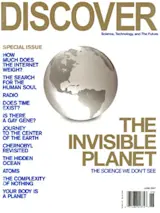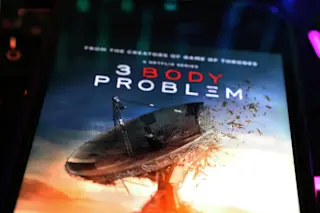“What is Beauty?”
Very little has surprised me more, in my years as a public intellectual, than how often I get collared on the street by some desperate pedestrian demanding an answer to this most fundamental question. Almost never. It hardly ever happens.
Which is odd, because people still care about Beauty—quite a lot in fact—especially here in Southern California, if I can be the first to make that observation. Last night in my room at the Sunset Marquis I reached out for what I assumed was the room-service menu and passed a few fleeting surreal moments trying to imagine what “Upper Leg with Bikini” might taste like, for a mere $100. It turned out that I had grabbed the Beauty Menu by mistake and that for $240 someone was prepared to come to my room and give my skin a “Firming Renovateur.”
But while people may care about being ...














